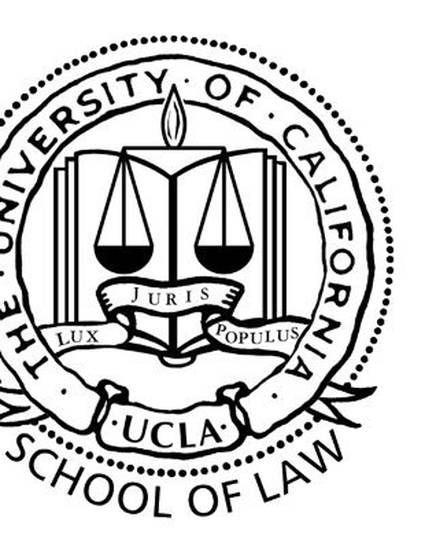
Article
The Camel's Nose is in the Tent: Rules, Theories and Slippery Slopes
UCLA Law Review
(2003)
Abstract
The authors provide a general theory for understanding and evaluating slippery slope arguments (SSAs) and their associated slippery slope events (SSEs). The central feature of the theory is a structure of discussion within which all arguments take place. The structure is multi-layered, consisting of decisions, rules, theories,and research programs. Each layer influences and shapes the layer beneath: rules influences decisions, theories influence the choice of rules, and research programs influence the choice of theories. In this structure, SSAs take the form of meta-arguments, as they purport to predict the future development of arguments in this structure. Evaluating such arguments requires having knowledge of the specific content of the structure of discussion itself. The Article then presents four viable types of slippery slope argument, draws attention to four different factors that (other things equal) tend to incxrease the likelihood of slippery slopes, and explores a variety of strategies for coping with slippery slopes.
Keywords
- Rules,
- Theories,
- Slippery Slopes
Disciplines
- Economics,
- Law and
- Philosophy
Publication Date
December, 2003
Citation Information
Mario Rizzo and Glen Whitman. "The Camel's Nose is in the Tent: Rules, Theories and Slippery Slopes" UCLA Law Review Vol. 51 Iss. 2 (2003) Available at: http://works.bepress.com/mario_rizzo/4/
